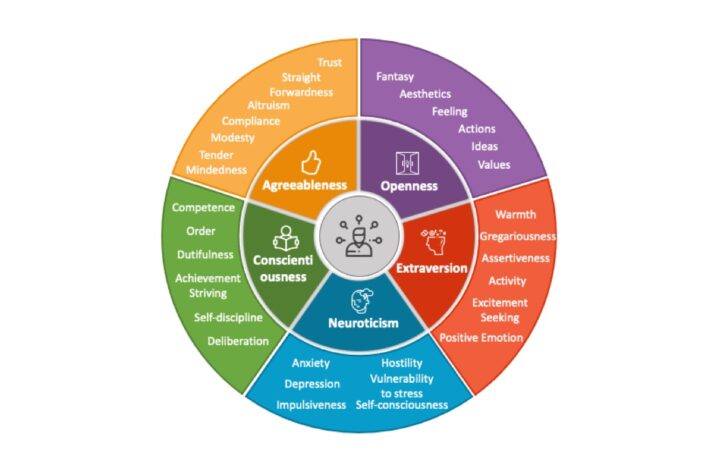“Encontrei 3 problemas de design no site da Shopee.
Problema 1: nossa, mas que site poluído! Sabe aquele conceito de “menos é mais”, então, a Shopee não curte isso não, hein. “É a 25 de março às véspera do Natal”, “é a Time Square dos apps”, disseram meus seguidores no Instagram.
O ruído visual atrapalha a cognição. Isso é um matador de conversão! Essa sobrecarga de informação pode causar Síndrome de Fadiga Informativa, que atrapalha você a se decidir entre o fatiador de bananas ou o Teletubbies zumbi.
Acontece o Paradoxo da escolha: tem tanta coisa na tela que você fica sobrecarregado, confuso e tem uma Paralisia por Análise.
Problema 2: cadê meus favoritos? Nossa memória é fraca e a função de favoritar ajuda a lembrarmos dos produtos que curtimos. No site da Shopee, você pode favoritar o que quiser, olha que legal. Só não pode ver, porque simplesmente não existe uma tela para ver seus favoritos. Apenas pelo app. É uma promessa não cumprida. O usuário é cheio de expectativas; é melhor não quebra-las.
Problema 3: à primeira vista, Shopee não parece muito confiável, para muitos. Daniel Kahneman diz que a primeira impressão define as crenças subsequentes. Se o site parece ruim, pode presumir que a empresa como um toda é inepta.
Numa pesquisa, descobriram que 1/3 das pessoas presta atenção no design do site. Efeito Peltzman. Se diminuir o risco percebido, poderá incentivar mais visitantes a converter.”
Conheça o meu livro sobre Psicologia aplicada ao UX Design.
Referências:
- Buchanan, John, and Ned Kock. “Information overload: A decision making perspective.” Multiple criteria decision making in the new millennium. Springer, Berlin, Heidelberg, 2001. 49-58.NBR 6023
- Schwartz, Barry, and Barry Schwartz. “The paradox of choice: Why more is less.” New York: Ecco, 2004. NBR 6023
- Peltzman, Sam. “The effects of automobile safety regulation.” Journal of political Economy 83.4 (1975): 677-725.NBR 6023
- Lindgaard, Gitte, et al. “Attention web designers: You have 50 milliseconds to make a good first impression!.” Behaviour & information technology 25.2 (2006): 115-126. NBR 6023
🇺🇸 English version
“I found 3 design issues on the Shopee website.
Issue 1: wow, what a polluted site! You know that “less is more” concept, so Shopee doesn’t like that, huh. “It’s March 25th on Christmas Eve”, “it’s the Time Square of apps”. said my followers on Instagram.
Visual noise interferes with cognition. That’s a conversion killer! This information overload can cause Information Fatigue Syndrome, which makes it difficult for you to decide between the banana slicer or the zombie Teletubbies.
The Paradox of choice ensues: there’s so much on the screen that you’re overwhelmed, confused, and have a Paralysis from Analysis.
Issue 2: where are my favorites? Our memory is weak and the favorite function helps us remember the products we like. On Shopee’s website, you can bookmark whatever you want, look how cool. Just can not see, because there is simply no screen to see your favorites. Only through the app. It is an unfulfilled promise. The user is full of expectations; it is better not to break them.
Issue 3: At first glance, Shopee doesn’t seem very reliable to many. Daniel Kahneman says that the first impression defines subsequent beliefs. If the site looks bad, you can assume the company as a whole is inept.
In a survey, they found that 1/3 of people pay attention to website design. Peltzman Effect. If you lower the perceived risk, you can encourage more visitors to convert.”
Get to know my book about Psychology applied to UX Design.
Watch more videos on Psychology applied to UX Design and cognitive biases on the Design From Human channel.
